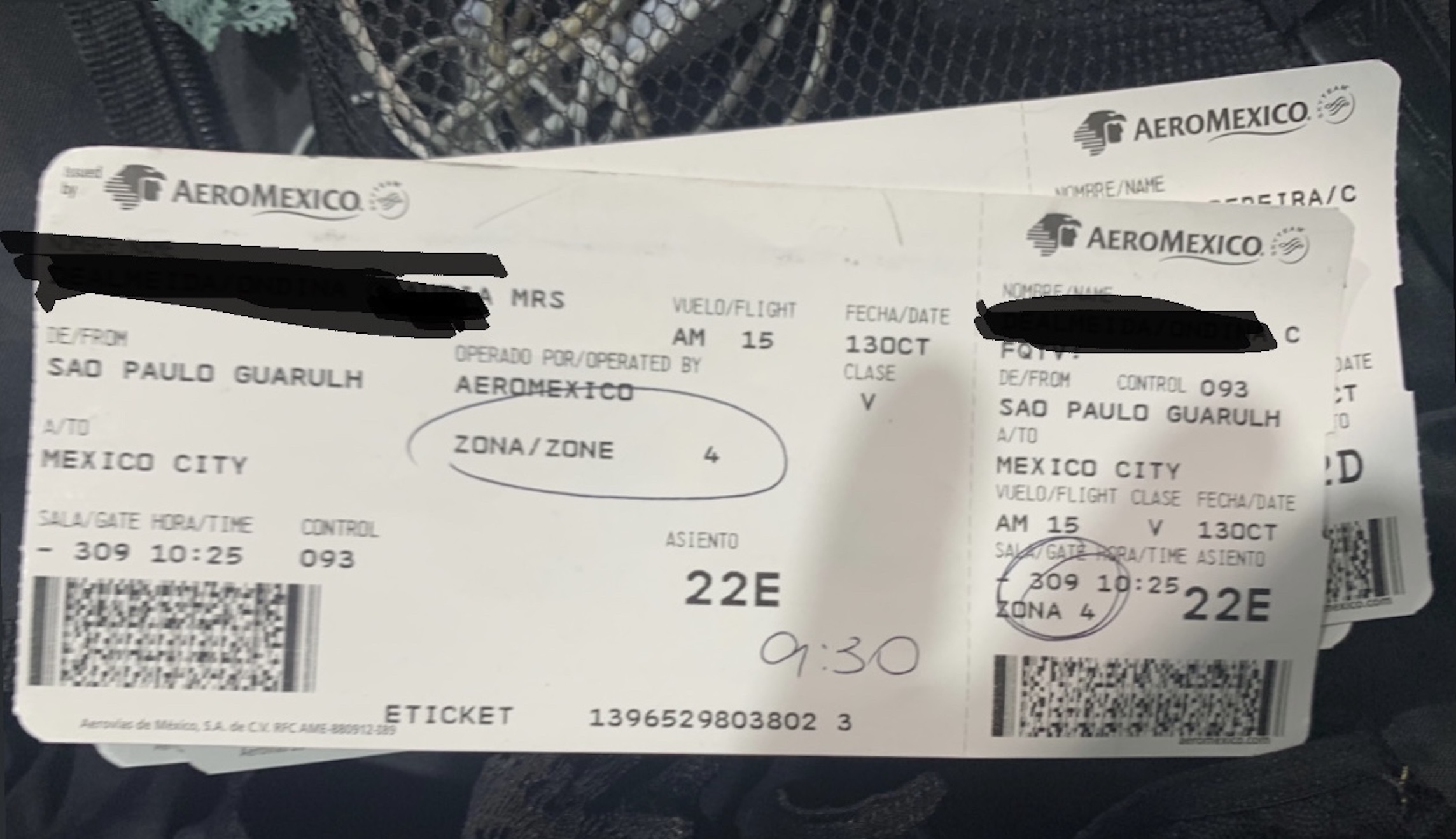Tens of thousands of migrants from South America have flown into Mexico and crossed into a remote part of Arizona since late summer, as word spreads far beyond Central America that the United States’s southern border is penetrable, according to two people familiar with the change in migration trends.
More than 7,000 Brazilians and Venezuelans were encountered illegally crossing the border near Yuma in August, an unusually high number of people to come from countries outside the usual El Salvador, Guatemala, Honduras, and Mexico, whose citizens most often flee to the U.S.
Officials who work in the Yuma region told the Washington Examiner that the 7,000 figure rose considerably through September and October.
“Each and every single person has airline tickets to Mexico,” said one person who works with migrants in federal custody. The official asked to remain anonymous. “Venezuelans are saying, ‘Oh, I left three days ago.'”
Border Patrol agents and contractors on site where migrants are held and processed have been shocked by how much money the migrants are carrying, the same official said. Migrants who come from Central American countries typically cross the border with the clothes on their back and nothing else.

“We are surprised with the amount of money that especially Venezuelans and Brazilians arrive with. The minimum that I’ve seen a Venezuelan with, cash money, roughly I’m going to say is about $500,” the same person said. “They come with luggage — name-brand luggage.”
Theresa Cardinal Brown, managing director for immigration and cross-border policy at the Bipartisan Policy Center in Washington, said middle-class departures from South America are likely the result of complex situations back home where poverty, corruption in government, and effects of the coronavirus pandemic have made life very difficult.
“Their middle-class lifestyle is gone and with the last of the remaining money they are trying to come to the United States where they can maintain that middle-class lifestyle,” Brown said in a phone call.
These migrants, unlike those from Central America, are not traveling to the U.S. on foot or by vehicle. Most fly into Mexico City or cities on Mexico’s northern border then take buses north or cabs if they fly to the border. Migrants walk across the border in an area where wall construction was halted. The gap in the massive wall essentially funnels illegal traffic to this one area.
South American migrants who fly into Mexico have obtained permits from the Mexican government that allow them to travel through the country on the basis that they are migrating to the U.S. Those presenting to Border Patrol in Yuma have airline tickets and the permits in hand, as well as identification documents, the first official said.
Border Patrol was apprehending around 1,000 people in Yuma three weeks ago, an extraordinarily high figure. The law enforcement agency brought in agents from other regions and set up tents outside to hold migrants while they were processed. In early October, around 4,000 people were in federal custody in Yuma alone, according to Rafa Rivera, the National Border Patrol Council’s president for the Yuma chapter, which represents Border Patrol agents. Around 1,000 people sat down a long hallway, waiting to be processed.

“The hallway was stacked with families. You could not walk without stepping on somebody,” the first person said. “The people that did not fit on the hallways, they had to put them outside. And they had to make a chain-link fence or like a corral and have them wait outside. It was something like out of a movie.”
Between 500 and 600 people are being encountered at the border daily in Yuma in mid-October, though that figure does not include those who evade law enforcement and get away.
Yuma Mayor Douglas Nicholls told the Washington Examiner in March that the city lacked the resources, manpower, and money to help the few hundred people arriving daily this spring. The city of 96,000 residents does not have a single nonprofit organization that focuses on migrants, and its shelters are already near capacity with homeless residents, the mayor said.
CLICK HERE TO READ MORE FROM THE WASHINGTON EXAMINER
The situation in Yuma is no different from any other region of the 2,000-mile southern border, where illegal crossings are surging in the aftermath of the Biden administration’s rescinding Trump-era policies, as well as the coronavirus pandemic.
Venezuelans and Brazilians have crossed the border in other regions at unusually high levels since the start of the government’s fiscal year in October 2020. The Biden administration’s focus on resolving the “push” factors that prompt people from El Salvador, Guatemala, and Honduras to migrate to the U.S. needs to change to include factors that prompt people from other countries like Brazil and Venezuela to come, Brown said in an interview earlier this year. Otherwise, Central American migration will drop, but global migration to the U.S. will continue to rise.
The Border Patrol was unable to provide comment.





